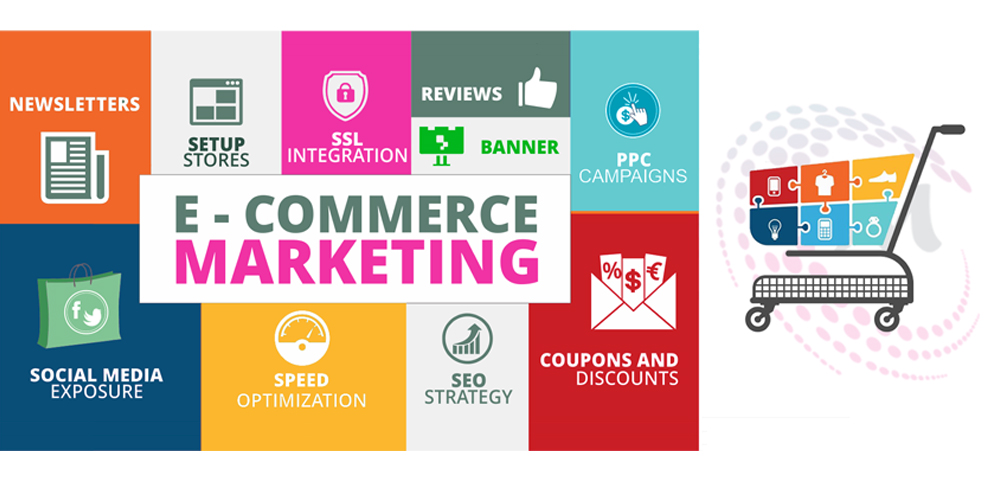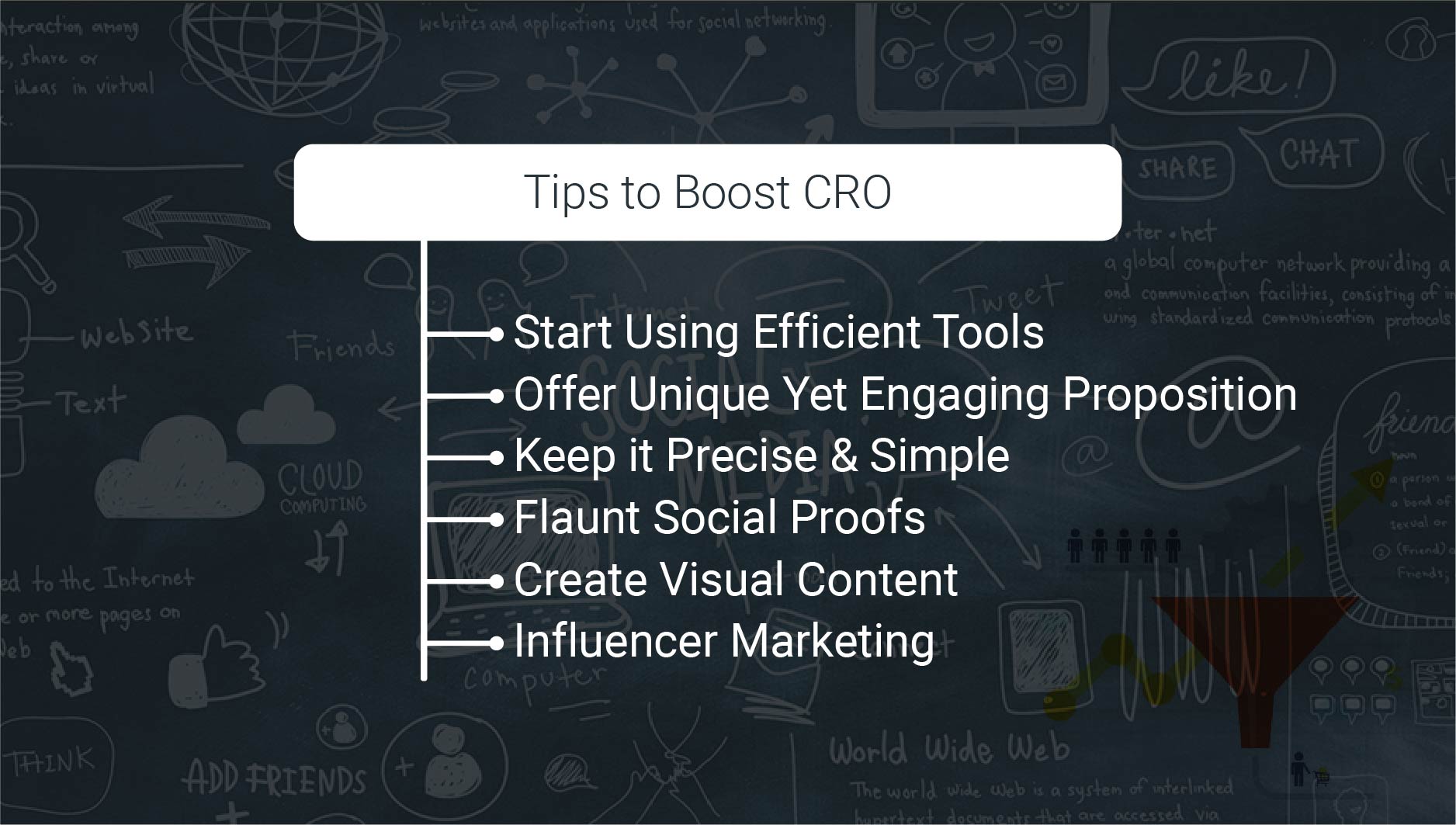Clusters are one of the most powerful and highly organized content approaches that can help to climb the ranking on search engines efficiently. Thanks to clusters, search engines like Google index websites easily. Before it, your target audience will easily find your content thoroughly. This makes it essential to add any modern content marketing strategy to attract more and more online traffic organically.
What is Cluster?
As the name suggests cluster, it comprises a group of related content centered around the broad topic and theme described by the central pillar of the page. A pillar of the page acts as a hub for the theme or topic. Clusters are the spokes of the page’s pillars, also the answers to various questions and queries, etc. regarding the topic of pillars in much more depth. Robust internal linking is placed strategically to connect cluster pages that maintain the main pillar of the page.
The main goal of clusters is to:
- Enhance context
- Create strategic linking
- Improve SERP performance
- Widen the audience
- Boost conversions
Benefits and Importance of The Clusters Model – Why It Matters to SEO
Now, you have understood the concept behind the cluster content strategy. Let us look at why cluster Conte and pillar content matter to SEO efforts:
Improves Internal Linking: Thanks to the topic pillar pages and clusters. You will get ample opportunities to create the content and link them according to the context and relevance. It is a great exercise that strengthens the structure of internal linking and makes your content clear and relevant between URLs easily.
Building content increases traffic: Topic clusters are the way to tell search engines that you have relevant information which is arranged in a highly organized and contextual manner as per the requirement of users. It helps cement the content authority that improves the performance of SERP. Finally, the topic clusters that you establish, the more user queries and keywords it aims to rank for, leading to higher traffic to the website.
Creates a comprehensive and more structured content strategy: One of the advantages of using the topic clusters is that it lets you elaborate on the topic in several blog posts. In this way, you do not have to face the challenges of covering the aspects of a topic in a single go. Moreover, topic clusters help to organize the content and allow you to cover relevant things that are upcoming or updated about a topic.
Improves UX conversions: In the latest updates by Google, they claimed that search engines understand the way users explore and navigate through topics. Finally, topic clusters follow a step-by-step methodology where topics connect seamlessly. Thus, you can leverage the topic cluster by creating a detailed prediction next step on the user’s journey and supplying relevant information on the business. You can engage users with content throughout the funnel and solve pain points, thus enhancing the experience and driving it to the conversion.
Enhances keyword research: In place to focus on the popular keywords or obscure long keywords in a low competition, enhance your keyword searching via a topic cluster approach.
Keywords are an organized list of keywords grouped based on the search intent around page pillar themes, blog categories, and topic clusters. It gives more coherence to your strategy of keyword research that makes the interlinked content relatable.
Increases the speed of content production: A pillar page works as the guiding tool to overcome all the content efforts surrounding a particular topic. It makes creating new cluster pages much easier and quicker as you need to build upon the existing content in place of looking for fresh ideas every day.
Final Words
No doubt, the topic clusters are paramount, if it is needed to get the right content creation and deliver better search engine optimization results in the year 2022. Ultimately, a pillar page content cluster streamlines the entire process and enables companies to win the minds and hearts of their audiences with exactly the information that they want at the right time and the right place.













